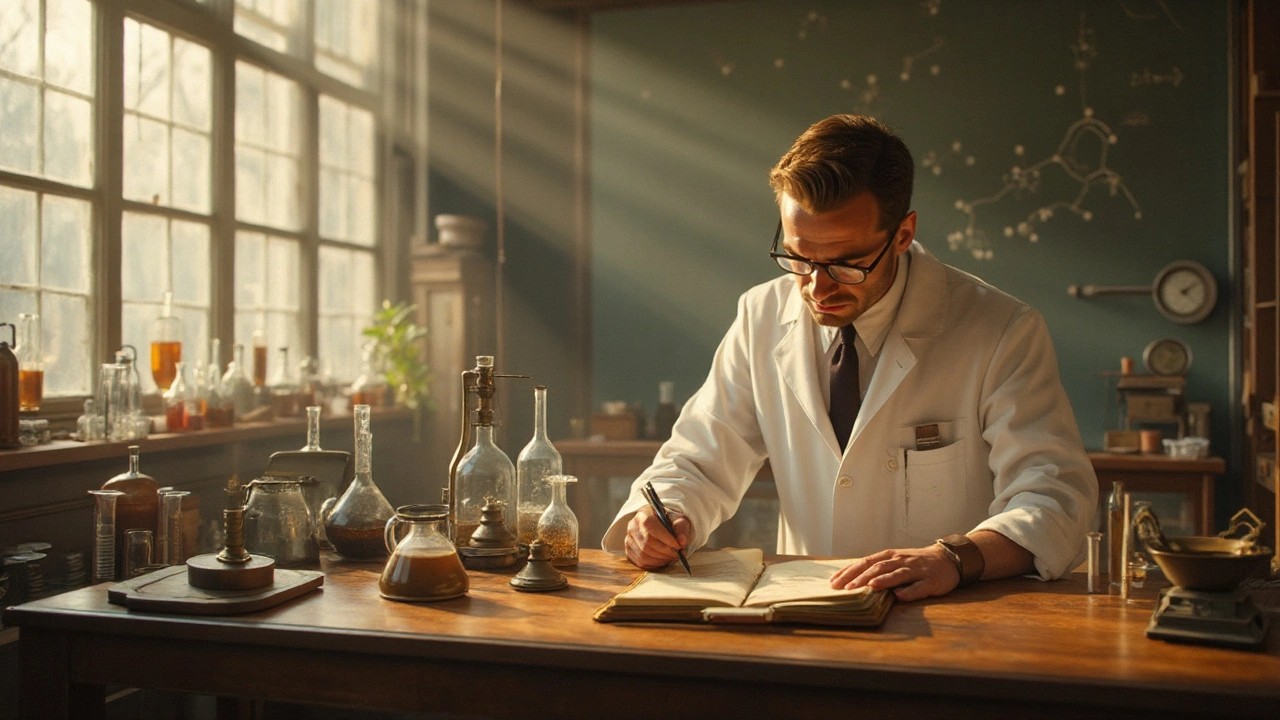Drug Development – What You Need to Know Today
Ever wonder how a pill goes from a lab bench to your pharmacy shelf? It’s not magic – it’s a series of careful steps, data checks, and smart decisions. Knowing the basics helps you understand why new treatments matter and why they sometimes take years to appear.
From Bench to Bedside: The Stages of Development
Everything starts with discovery. Scientists hunt for molecules that could fix a disease, testing thousands in petri dishes. Once a promising candidate appears, it moves to pre‑clinical work – animal studies that check safety and how the drug behaves in the body. If those results look good, the real marathon begins: clinical trials.
Clinical trials are split into three phases. Phase 1 enrolls a small group of healthy volunteers to nail down dosage and spot early side effects. Phase 2 expands to patients, looking at effectiveness and refining safety data. Phase 3 blows up the numbers, comparing the new drug to existing options or placebo. Success here means the regulator can review the data for approval.
After approval, the drug enters the market, but monitoring never stops. Post‑marketing surveillance catches rare issues and can even lead to new uses for the same molecule. This end‑to‑end loop keeps the process transparent and patient‑focused.
New Tools Shaping the Future of Drugs
Technology is speeding up each stage. AI crunches millions of chemical structures in minutes, flagging the most likely hits for discovery. Virtual trials simulate how a drug works in different populations, cutting down on early‑stage failures.
Real‑world examples illustrate the shift. Take Tadala Black, a newer tadalafil, which is being compared side‑by‑side with older ED meds to pinpoint exact benefits and costs. Or Ethionamide (Trecator SC) – a TB drug that’s now being measured against newer combos to find the best fit for resistant strains. Even aromatase inhibitors like Aromasin are getting fresh looks as researchers weigh them against alternatives for both cancer therapy and bodybuilding cycles.
These comparisons aren’t just academic; they guide doctors and patients toward safer, more effective choices while giving manufacturers clear data on where to improve.
Bottom line: drug development is a mix of science, regulation, and now, high‑tech tools. Understanding the steps demystifies why some drugs arrive quickly and others linger. Keep an eye on emerging technologies and real‑world studies – they’re the fastest lane to the next breakthrough you’ll hear about.

- Sep, 22 2025
- Comments 14